The 2022 Stanley Cup Playoffs have been exciting for fans and experts alike, with plenty of great games and great matchups. The best of the best are playing one another, and each round has lived up to the hype. The final four teams were the Colorado Avalanche, Tampa Bay Lightning, New York Rangers, and Edmonton Oilers, and all four teams not only had remarkable runs but outlined a great blueprint for success in the NHL.
Related: 2022 Stanley Cup Playoffs: Speed & Youth is Changing the Game
A lot of teams in the NHL are rebuilding or trying to make the moves necessary to win the Stanley Cup or be in contention. The four teams that reached the Conference Finals outline what it takes to build a winning team and provide some lessons for struggling teams. Oftentimes, the best teams have the best players, but the front offices of the successful teams also perfected the other aspects of the roster to create championship-caliber teams.
Avalanche, Oilers & Lightning Found & Secured Their Stars
Finding elite players is often hard to do. To find a Connor McDavid, Steven Stamkos, Nathan MacKinnon, or a Cale Makar, teams often need to have a top-five or even the number one overall selection in the NHL Entry Draft. It’s hard enough to find star power, making good draft classes essential and pivotal for success. Moreover, the front offices that can find draft steals, like the Lightning, who have a plethora of late-round gems, are going to have a competitive advantage.

However, it’s one thing to find elite players but another to build around them and turn the talent into a great team. The Buffalo Sabres have had the number one or number two overall selection in four of the last eight drafts yet maintain the longest playoff drought in the NHL, spanning 11 seasons. Likewise, the New Jersey Devils won the lottery to earn the number one overall pick in both the 2017 and 2019 drafts, and despite selecting star-caliber players, Nico Hischier and Jack Hughes have failed to reach the playoffs in each of the last four seasons. Even the Oilers were considered a failure for underachieving despite possessing the talents of McDavid and Leon Draisaitl, two of the best players in the game.
Many teams have players to build around, but it’s about finding an effective way to build around them. Looking at the final four teams, the first thing that stands out is how the front offices locked up their star players into long-term deals. The Lightning have forward Nikita Kucherov, defenseman Victor Hedman, and goaltender Andrei Vasilevskiy, three essential players for the team’s success, all under contract for the next three seasons. While the Avalanche have MacKinnon on an expiring contract, with a pending free agency in the 2023 offseason, Makar, Mikko Rantanen, and Gabriel Landeskog are all under contract for the next three seasons, keeping the teams core intact, and thus their championship window open. The same can be said about the Oilers, who have McDavid and Draisaitl under long-term deals, and the Rangers, who recently extended Adam Fox and Igor Shesterkin, two of their best players.
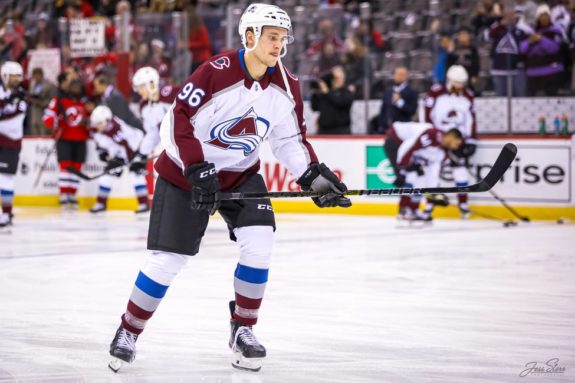
Ultimately, the four teams that made deep playoffs run found their four or five stars and turned them into essential building blocks for the roster, despite the hit to the salary cap that came with the deals. Some teams have seen this backfire, with the Boston Bruins and Toronto Maple Leafs constantly struggling to build around their talented players with little salary cap room to work with. The luxury of having talented players under contract saves front offices a lot of headaches. In the NHL, the handful of elite players on a team will always give that team a chance, if not to win the Stanley Cup, at least to have competitive seasons.
Not Chasing Talent in NHL’s Free Agency & Trade Deadline
Oftentimes, a front office feels they are one or two players away from winning a Cup, and as a result, they are willing to make the big signing in free agency. The top free agents usually receive max contracts, which are seven years with a $10 million salary cap hit and leave little room to acquire talent otherwise. In the 2019 offseason, the San Jose Sharks, who just came off a loss to the St. Louis Blues in the Western Conference Final, thought the one missing piece was the two-way defenseman that they acquired before the season, Erik Karlsson. As a result, the team gave him an eight-year, $92 million contract. Unfortunately, the signing never worked out, and instead of competing, the Sharks have been forced to rebuild while trying the manage the expensive contract.
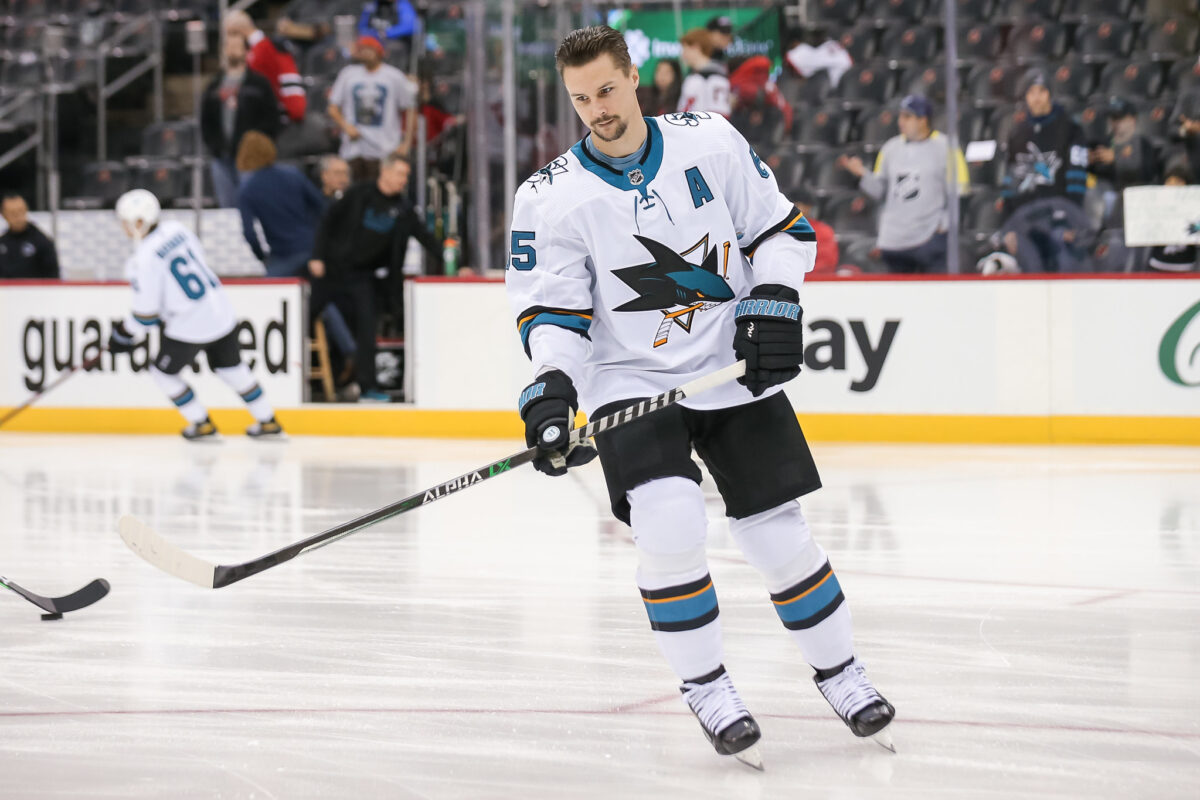
Similarly, teams that go all in at the trade deadline often have to dig themselves out of a difficult hole afterward. The Vegas Golden Knights made aggressive moves in the past few seasons, including acquiring Jack Eichel midway through this season in hopes of winning the Cup. But with the team missing the playoffs, the front office is now staring at a difficult roster to work with. Likewise, the Minnesota Wild made an all-in move this year by acquiring goaltender Marc-Andre Fleury, but after a First Round exit, it’s unclear how the team will bounce back.
The Rangers, who missed the playoffs for four consecutive seasons before rebounding this season, weren’t chasing players in free agency. Granted, they signed Artemi Panarin in the 2019 offseason to a seven-year, $81.5 million contract, and he has been pivotal to the team’s turnaround. However, the Rangers entered the 2021 offseason intending to acquire depth and role players to add to an already strong roster without taking up a lot of the salary cap. The acquisitions of Ryan Reeves and Barclay Goodrow, along with the trade deadline acquisitions of Andrew Copp, Justin Braun, and Tyler Motte, allowed the team to enter the playoffs with a deep and well-rounded roster and thus defeat the Pittsburgh Penguins and the Carolina Hurricanes in the first two rounds.
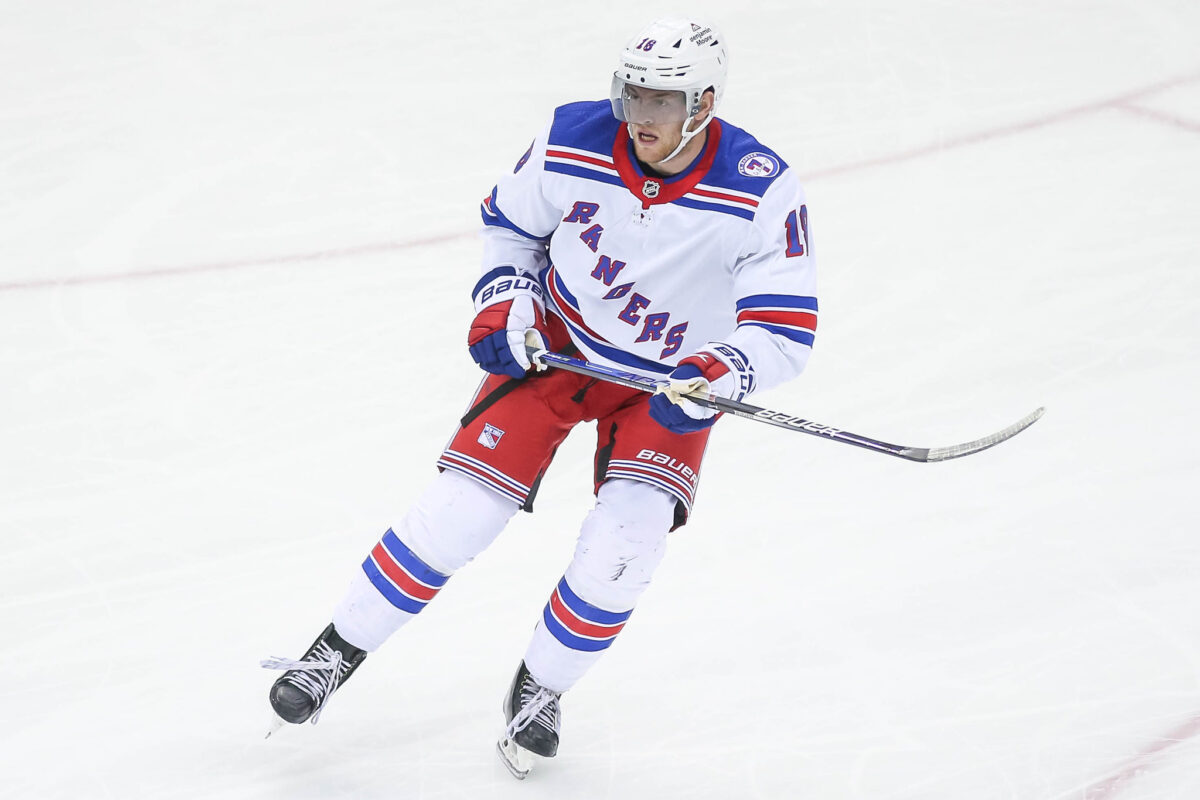
The teams that add depth at the trade deadline and free agency are the ones building with a plan in mind to make a deep playoff run. The Lightning, who are the reigning back-to-back champions, always had rosters with depth, along with their core of start players, but what made their team fascinating was how they acquired their depth. The acquisitions of Blake Coleman, Pat Maroon, and Corey Perry, just to name a few, weren’t made to find another elite player but rather to find a role player to work with an already great team. Moreover, the moves made are with low risk, and even the ones that backfire have little to no effect on the team at the end of the day.
Makar, Fox & the Value of Two-Way Defensemen
Along with team building and working around the salary cap, front offices and coaches have to adapt to the rapidly changing game. Both the Avalanche and the Rangers have proven that the game is not only faster but how versatility and two-way defensemen impact the game.
Adam Fox won the Norris Trophy last season largely because of his ability to force turnovers in all three zones and turn defense into instant scoring chances. In the Stanley Cup Playoffs, the Rangers have advanced not only because of their great defensive play but because of their defensemen, led by Fox, keeping up with opposing forwards and helping out on the offensive end of the ice. The team can rely on their defensive unit to keep games low-scoring but also, when needed, have gotten help from the point to elevate the offense, especially in close games where a shot from the blue line is often the difference-maker.
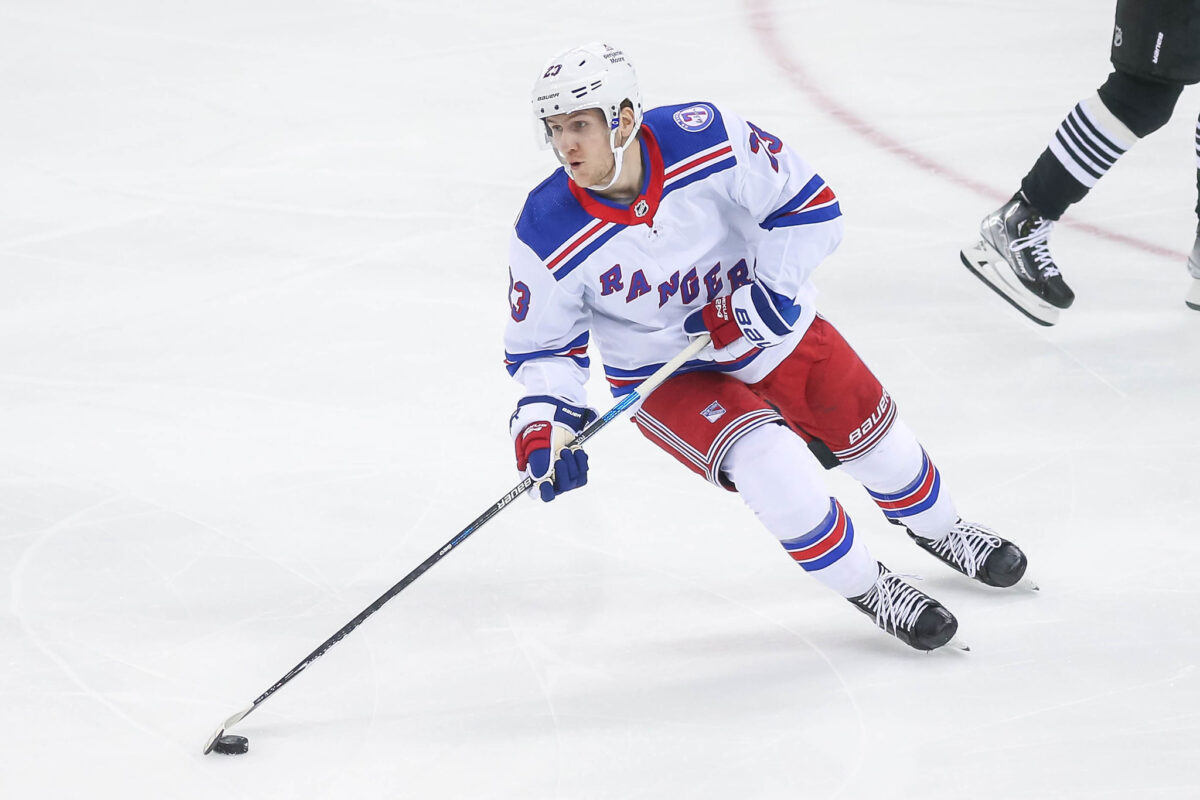
The Avalanche have a similar defensive unit to the Rangers, except they are led by a dynamic duo of two-way defensemen in Makar and Devon Toews. Makar, in particular, is changing the defensive position, with the ability to handle the puck better than most skaters in the league while also possessing strong defensive instincts, making him a front runner for the Norris Trophy this season. Similarly, Toews, who the team acquired in the 2020 offseason, is also a great skating defenseman. The duo allowed the Avalanche to become one of the best teams in the NHL in recent seasons and has propelled the team to the Stanley Cup Final.
Moreover, the Lightning proved firsthand the value of a two-way puck-handling defenseman in their recent Stanley Cup runs. In games when the team needed a playmaker to open up the offense and not only find open skater but generate shots on the net from the point, Hedman provided both. His 10 goals and 12 assists in the 2020 Stanley Cup Playoffs allowed the Lightning to win the Cup, with the world-class defensemen earning the Conn Smythe Trophy in the process. Great defense is essential to reaching the playoffs, but having a defenseman that can impact all facets of the game put teams over the top.
Goaltending Wins the Stanley Cup
Despite roster building and talented players, the playoffs and the Stanley Cup often come down to elite goaltending. Good skaters can raise a team’s floor and make them competitive, but they can only take a team so far. Great goaltending, however, is what often allows teams to continue to advance in the playoffs and ultimately win the Stanley Cup. Vasilevskiy, Martin Brodeur, Patrick Roy, and great goaltenders throughout the history of the NHL have allowed their teams to win multiple Stanley Cup titles by often stepping up, especially in low-scoring games.
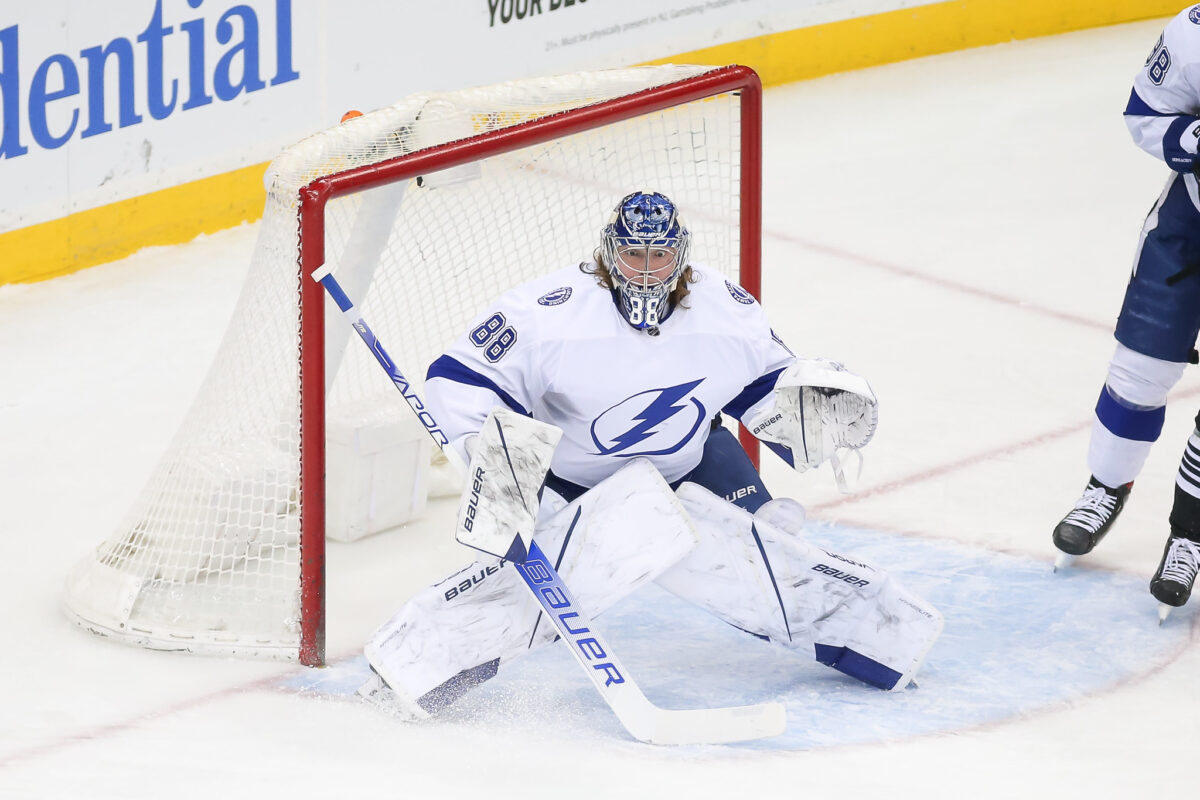
While the Wild made the bold move to acquire Fleury at the deadline, the move was understandable and justifiable considering his reputation in the playoffs. Likewise, the Avalanche knew they needed to acquire a reliable goaltender in the offseason, especially after Philipp Grubauer signed with the Seattle Kraken, and they traded for Darcy Kuemper as a result.
Teams that are rebuilding and have struggled in recent years have done so for a multitude of reasons. However, when some of the rosters start to rebound and look competitive, the front offices have to keep in mind the importance of great goaltending. Simply, the team can only go so far without it.
It’s difficult to win in the NHL and even tougher to sustain success. However, the elite teams continue to show why they are model franchises and what it takes to build a winning roster and maintain one for multiple years.